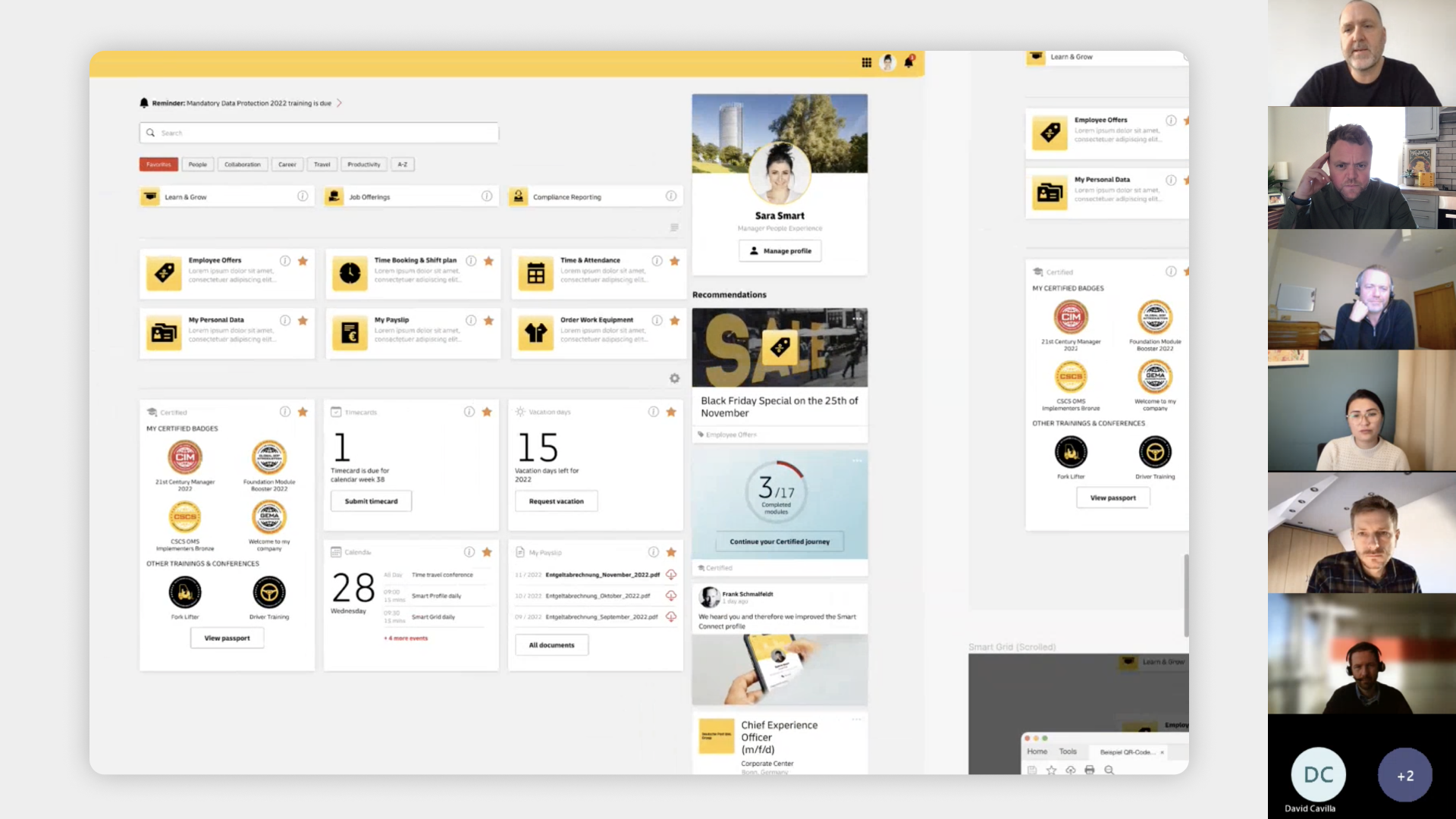DHL GLOBAL
Lead Product Designer for the World’s largest logistics company.
For the past two years, I have overseen a suite of DHL’s products, playing an active, hands-on role in supporting their internal, B2B, and B2C digital initiatives.
My primary responsibility for the client was to conduct comprehensive auditing of their existing UX across multiple platforms. The goal was to harmonize the company's design system, streamline user journeys, and ultimately boost conversion rates.
By identifying inconsistencies and inefficiencies, I was able to provide actionable insights to align their platforms with a cohesive design language, enhance usability, and deliver a more seamless experience for their diverse user base. This approach not only simplified navigation but also improved engagement and user satisfaction, driving higher conversion metrics across the board.
Deliverables
Define Product
Define Goals & Challenges
User Personas & Scenarios
UX Auditing
Wireframes
Mockups
Prototyping
Design System Creation
Dev Support
QA

product design process
Workshops & Interviews.
These workshops would bring together key stakeholders from various departments, including logistics, IT, customer service, product management, and marketing, as well as B2B and B2C customers. The goal is to align business objectives with user needs, ensuring that DHL’s digital products and services are optimized for performance and usability.
Defining The Audience for Effective User-Centered Design.
Defining personas for DHL involves identifying and understanding the key user types who interact with DHL’s services across various platforms, including internal stakeholders, B2B partners, and B2C customers.
Understanding their pain points, behaviors, and goals is essential for crafting a message and product that resonates with them.
Understanding the scenarios/ Human-centered design.
Scenarios help ensure design decisions are based on actual user needs, behaviors, and goals, leading to more user-friendly solutions.
Mapping out all user journeys for each persona.
Mapping out personas to user journeys connected defined user types with their interactions throughout a product or service experience.
This approach helped our teams understand how different users behave, their challenges, and what drives their actions, leading to more targeted design solutions.
continuous UX/UI feedback loop.
By tracking user interactions and feedback, the analytics could highlight the areas where the product underperforms or where user needs aren't met.
The data would reveal patterns like high drop-off rates, feature underutilization, or slow user adoption, allowing teams to pinpoint pain points and inefficiencies.
Ultimately we would use the data to craft the perfect product.
Creating guidelines for internal teams
I was asked to produce a set of guidelines for development teams to use whilst developing MVP products for DHL.
The following UX guidelines were created to help DHL teams ensure that MVP products deliver value quickly and effectively, while still laying the foundation for scalability and future iterations.
The document outlined how crucial it was to create a user experience that is functional, intuitive, and aligns with business goals while meeting the basic needs of users.

High fidelity designs
Design system
Multiple designs for across a suite of dhl products
Conclusion
Success in working across multiple DHL platforms hinged on recognizing that product development had to progress more rapidly than time or budgets typically allowed before the product design process could be fully implemented.
Our strength across these projects lay in our agility—how quickly we could adapt and apply our processes. Even when we couldn’t initiate projects as ideally planned, we were able to make improvements and provide solutions for the teams.




















































